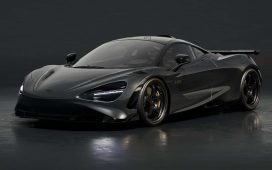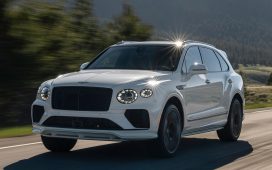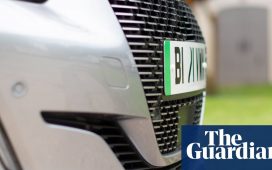Australians are buying cars that consume more petrol than the fuel efficiencies marketed to them, repeated investigations have found, while many vehicles also emit more toxic fumes than manufacturers advertise.
The Australian Automobile Association (AAA) on Wednesday released the latest results from its “real-world” testing program, a four-year $14m government-funded scheme that compares the fuel consumption and emissions of vehicles in Australian driving conditions with the consumption each vehicle advertises.
The fourth round of testing included SUVs, passenger cars and utes, with nine of the 15 vehicles consuming more fuel during AAA testing than their advertised lab test results.
Toyota’s Corolla Cross hybrid 2024 model recorded the highest discrepancy in fuel consumption, with the small car found to use 4.5 litres of fuel per 100km in the AAA tests – 7% more than the lab-tested advertised rate of 4.2 litres. Toyota Australia declined to comment.
Among utes, two Isuzu models had the largest discrepancies. The Isuzu Ute D-Max 4×4 2024 and D-Max 4×2 2023 used 6% and 5% more fuel, respectively in real-world testing than their lab-calculated rates of 8 litres per 100km.
Meanwhile, the 2024 model of the Ford Ranger 4×4, Australia’s top selling car in 2023, used 2% more than its lab-calculated rate of 7.6 litres per 100km.
The testing also examined noxious tailpipe emissions and found the three utes, as well as the Kia Sorrento 2023, all produced oxides of nitrogen above mandated lab-test limits.
Conversely, five vehicles had on-road fuel consumption lower than their lab results. Audi’s Q3 2023, Hyundai’s Tucson 2023 and Subaru’s Forester 2023 all consumed 3% less fuel in AAA real world testing than their advertised rates.
The latest tranche of vehicles tested by the AAA followed significant discrepancies uncovered in the previous rounds of assessments, with the program so far testing 58 vehicles.
In May’s results, the Suzuki Swift 2023 was found to have used 6.3 litres of fuel per 100km in the real-world testing – 31% more than the small car’s lab-tested advertised rate of 4.8 litres.
Michael Bradley, the AAA’s managing director, said “we can now say with confidence that while some vehicles produce fuel consumption and emissions in line with lab tests reported by carmakers, many do not”.
“If people rely on the lab tests, they could end up with a car that costs more to run or is dirtier than they expected,” he said.
Bradley said the results are being provided to government agencies cracking down on greenwashing. He added that the revelations also “raise a question for regulators about whether car dealerships should be required to reveal real-world testing results to consumers at point of sale”.
The testing was conducted in Victoria’s Geelong region in conditions the AAA said were strictly controlled and in line with EU legislation that “ensures fuel consumption and CO2 results are repeatable and minimises the influence of human factors such as driving style and changing traffic flows”.
The testing program – put into place after a 2015 scandal involving Volkswagen which found the manufacturer had misled consumers who may have deliberately bought vehicles based on incorrect claims of lower emissions – has tasked the AAA with examining 200 cars, SUVs and utes, including electric vehicles.
Toyota Australia declined to comment. Isuzu was contacted for comment.









